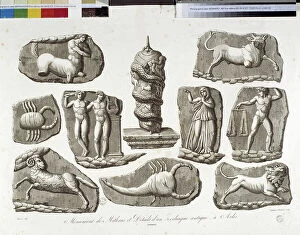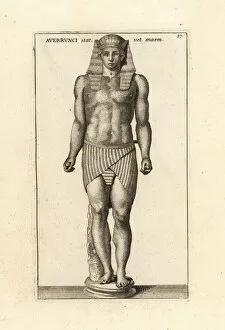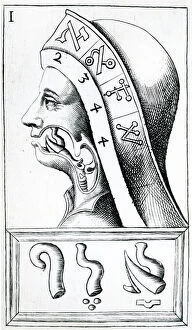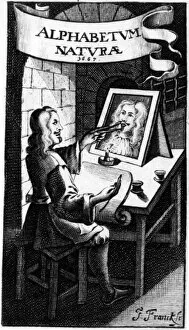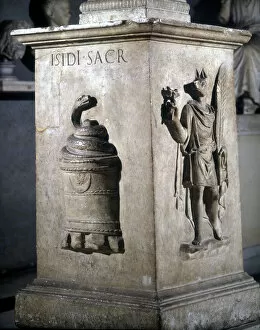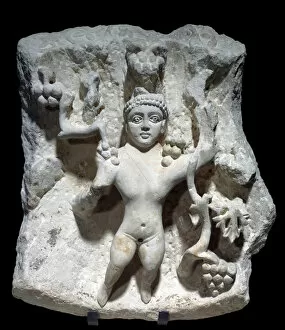Syncretism Collection
Syncretism, the fusion of diverse religious and philosophical beliefs, is beautifully depicted in various artworks throughout history
All Professionally Made to Order for Quick Shipping
Syncretism, the fusion of diverse religious and philosophical beliefs, is beautifully depicted in various artworks throughout history. In a captivating engraving from 1779, we witness the Roman deity Averrunci, also known as Apotropaei, standing tall with an air of mystique. This statue symbolizes the blending of different cultural traditions within the Roman Empire. Moving forward in time to 1889, we encounter Elena Petrovna Blavatsky, a Russian theosophist and co-founder of the Theosophical Society. Her portrait captures her enigmatic persona and highlights her role in establishing this organization that aimed to bridge Eastern and Western spiritual philosophies. The Pentelic marble sculpture by Kriton of Athens showcases Mithra slaying a bull. This masterpiece exemplifies syncretism through its combination of Greek artistic techniques with Persian mythology surrounding Mithraic worship. Another artwork depicting syncretism is found in a detailed scene where Hermes presents baby Dionysus. Here we see elements from Greek mythology intertwined with Nectar and Theogen figures—each representing different aspects of divine power. Exploring beyond visual artistry, throat movements used for pronouncing Hebrew letters demonstrate how language itself can be influenced by syncretic practices. These movements reflect the integration between Hebrew scriptural traditions and other linguistic influences over time. Intriguingly titled "Alphabetum Natura, " F. M's frontispiece portrays nature's alphabet—a concept embodying syncretism by connecting human knowledge with natural phenomena through symbolic representation. A low relief carving depicts Mithra sacrificing a bull—an act central to his cult's rituals—showcasing yet another instance where cultures merged their beliefs into one cohesive narrative. An altar dedicated to Isis reveals further evidence as it features both mystical stones adorned with snakes on one side and Anubis-Hermes on the other—a blend between Egyptian and Greek deities.

